concrete science
Materials Science Engineering at JGP
Materials science engineering is the study of the properties and behaviour of materials used in structures. Understanding these materials is essential when evaluating and remediating defects. The use of defective or inappropriate materials, or subsequent fabric deterioration, can result in the loss of structural integrity. A failure in one or more structural components can lead to fracturing, cracking, deformation, and even catastrophic collapse.
JGP has extensive experience in the inspection of structures and their fabric. We use a wide range of structural inspection and investigation techniques alongside necessary testing and materials science engineering to identify the underlying causes of structural defects.
Deterioration of Concrete
Our materials science engineers have vast expertise in the field of concrete deterioration. Many of our surveys show that common sources of failure are due to poorly made and placed concrete, inadequate cover, or impurities. Where defects are noticed, we produce a scope of works agreed with all concerned, used by our on-site engineers to conduct surveys and investigations. They perform in-situ testing and sampling to identify the following forms of deterioration:
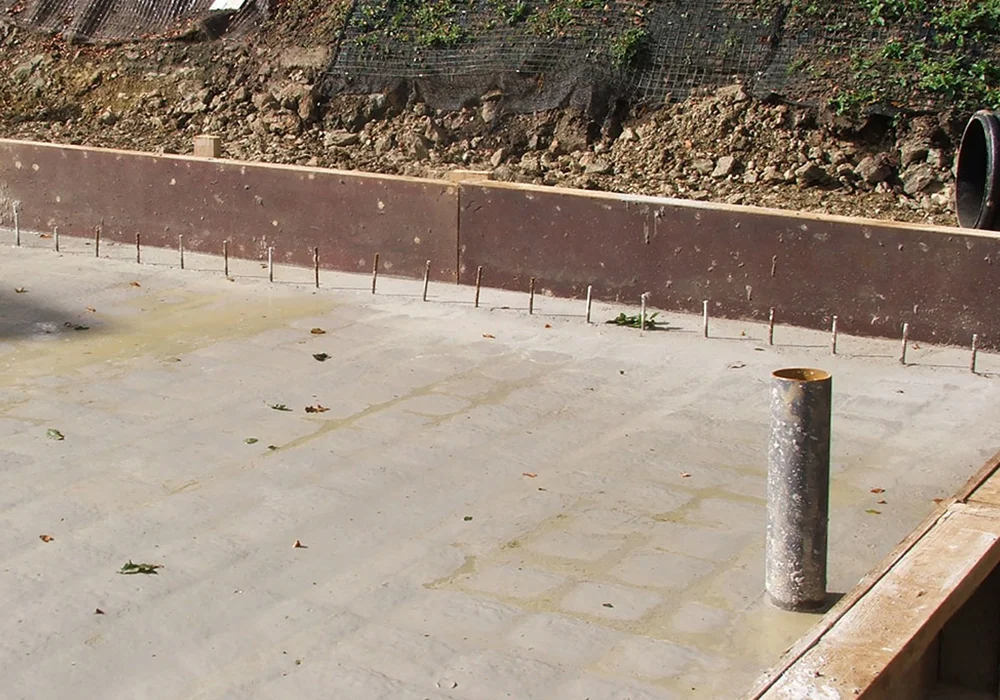
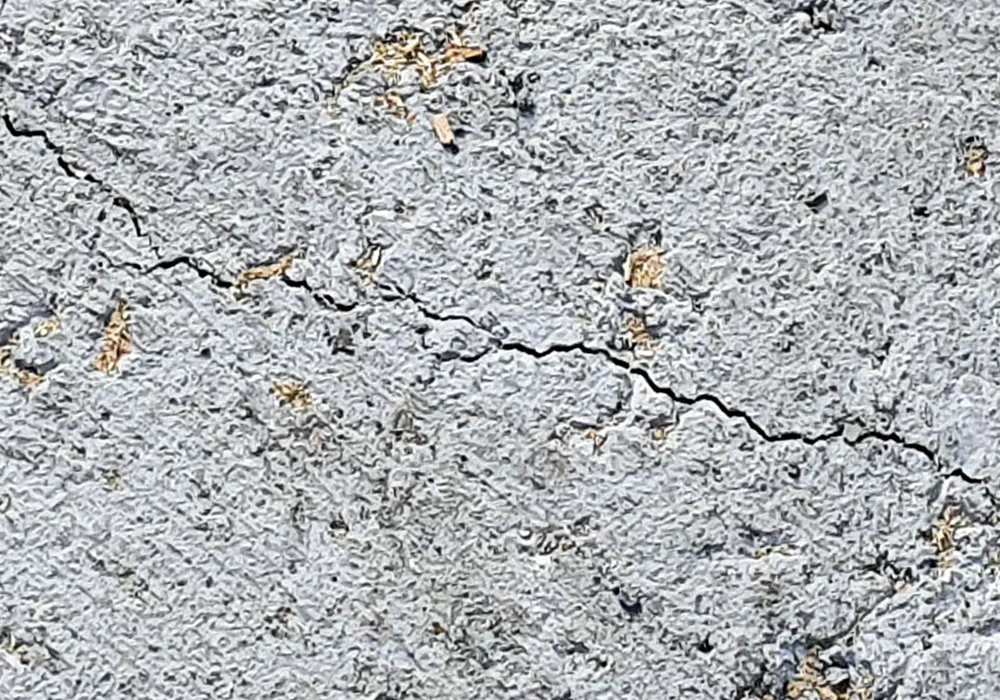
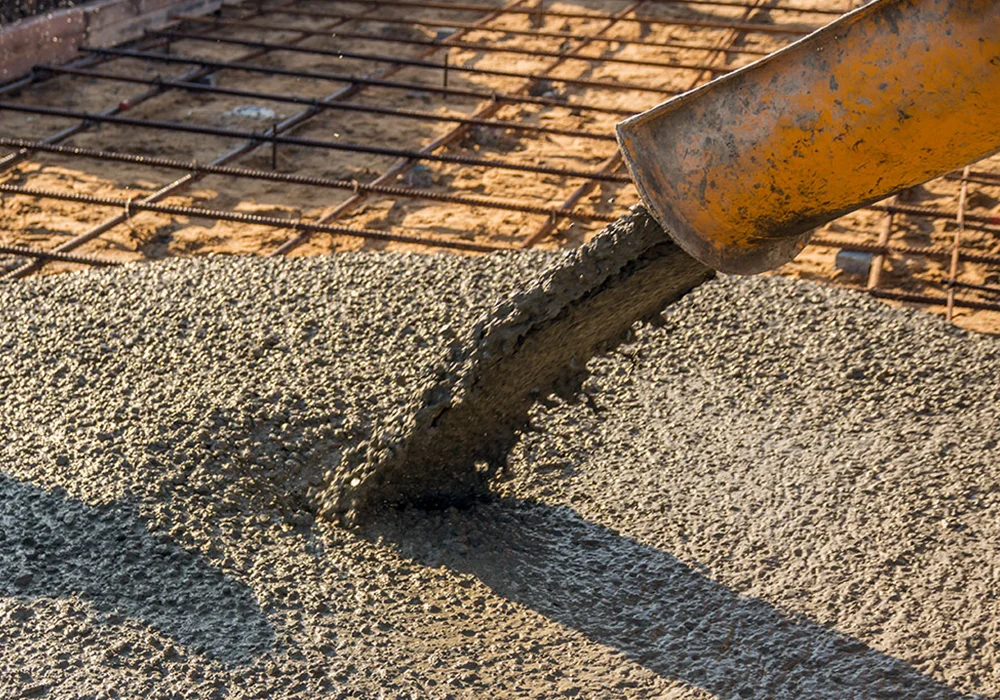
Early Defects
The original constituents and placement of concrete can affect its permeability. Low cement content or a high water-to-cement ratio increases permeability, affecting the life of the concrete structure.
- Thermal Cracking
Occurs in the first few days of a concrete structure’s life, most prevalent in large sections. Reinforcement and mix design are key in controlling the extent of cracking.
- Drying Shrinkage
Excess water in the mix can cause excessive shrinkage, resulting in micro-fracturing and visible surface cracks.
- Plastic Settlement
Before curing, aggregate particles settle and displace cement paste upwards, causing voiding that can lead to corrosion and reduced permeability.
Deterioration Arising from Concrete Constituents
Undesired impurities in the original concrete mix can cause severe deterioration. Historic methods and materials are now known to accelerate this process.
- Alkali-Silica Reaction (ASR)
Known as ‘Concrete Cancer’, ASR occurs when reactive silica in the aggregate reacts with alkaline cement pore solution, causing expansive pressure and damage.
- Alkali Carbonate Reaction (ACR)
Associated with dolomitic aggregates, causing expansion due to secondary crystallisation of brucite.
- Other Unstable Aggregates
Historically used aggregates can be friable, delaminating, or hydrating, leading to significant structural damage.
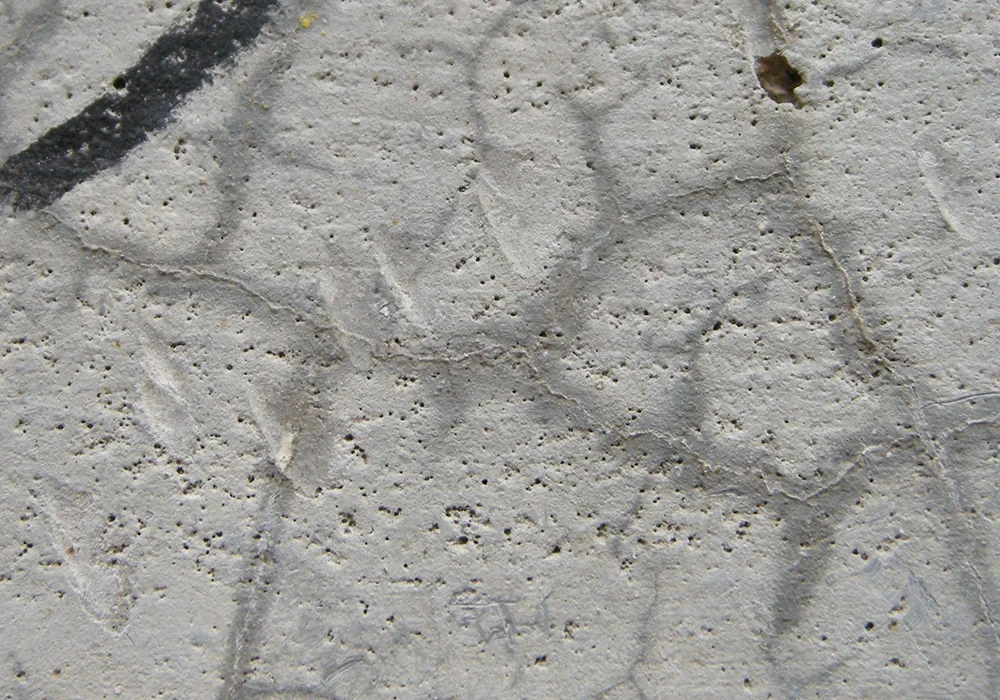
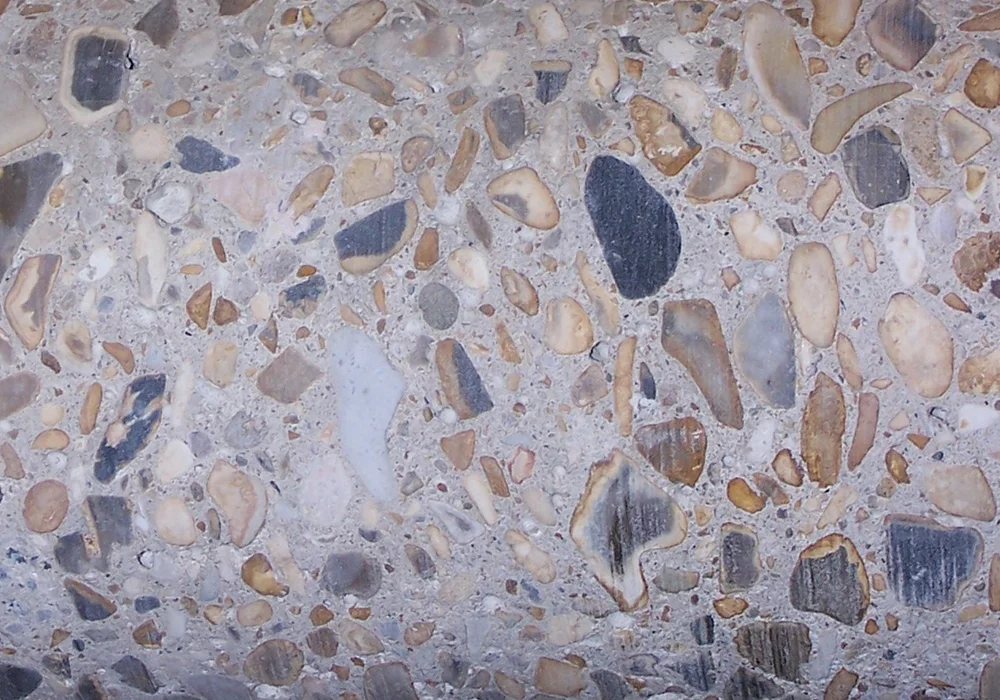
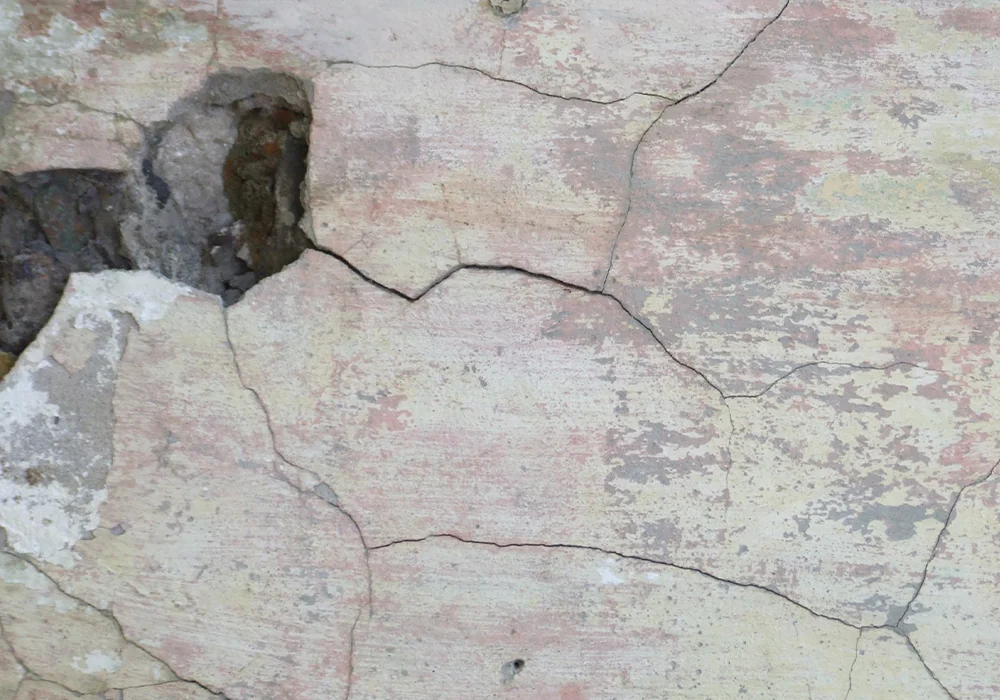
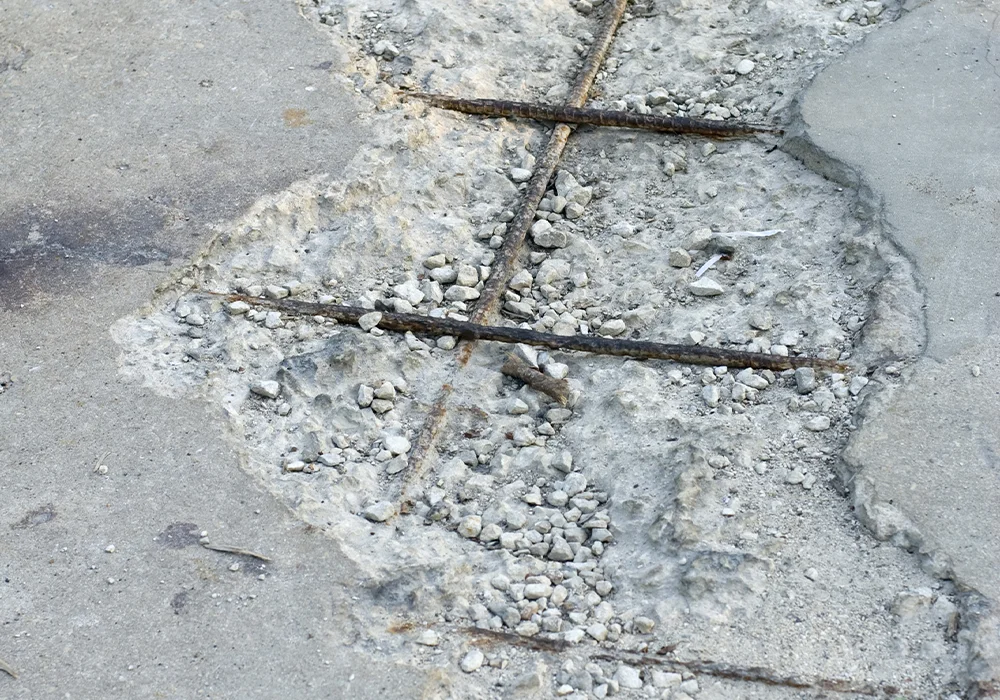
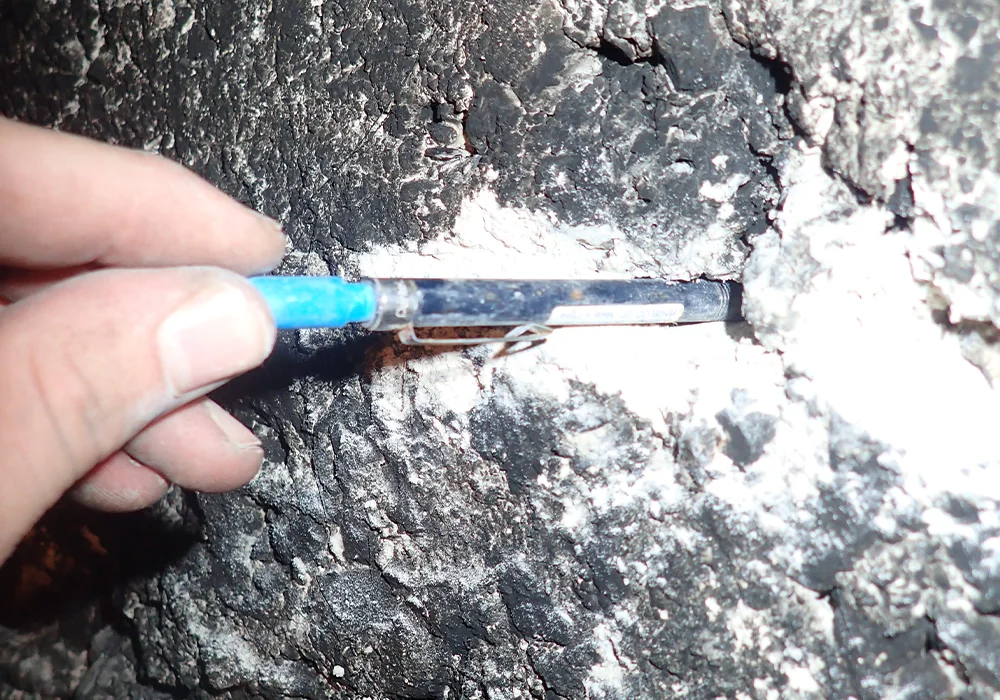
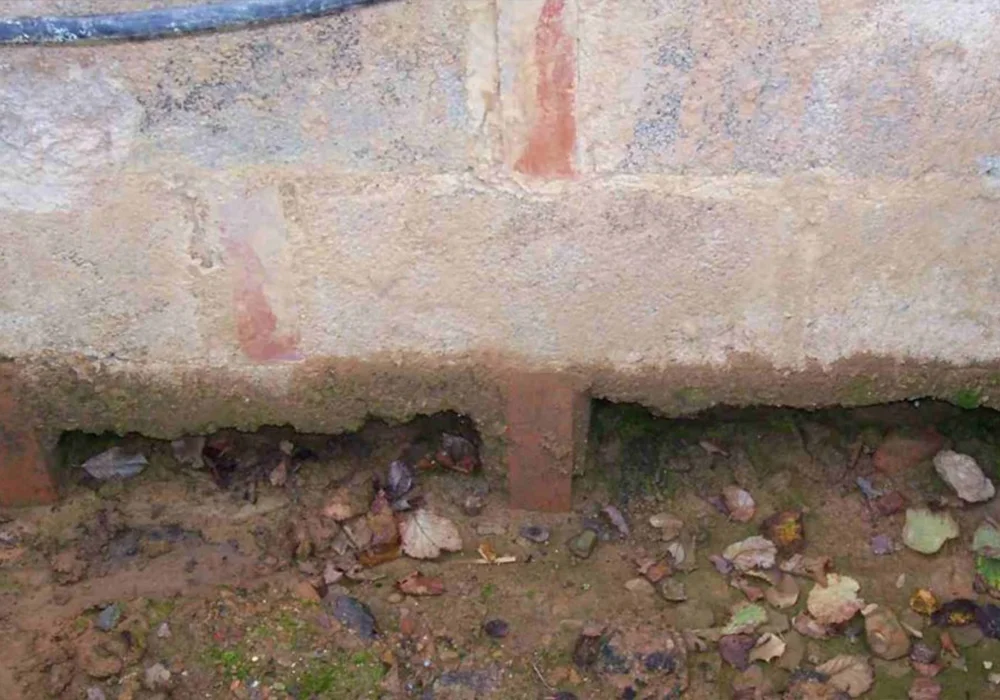
Concrete Deterioration Caused by External Agents
External agents can rapidly alter the composition of concrete, leading to a friable and damaged state.
- Sulphate Attack
Sub-surface waters containing dissolved sulphates react with cement paste, reducing concrete strength.
- Weathering
Temperature fluctuations cause concrete to expand and contract, leading to cracking.
- Fire Damage
High heat can cause concrete expansion, separation, and weakening of embedded steel reinforcement.High heat can cause concrete expansion, separation, and weakening of embedded steel reinforcement.
Reinforcement Deterioration Caused by External Reagents
Most degradation of reinforced concrete structures is related to the corrosion of embedded steel reinforcement. This occurs when the protective oxide film on the steel, known as a passivity layer, is destroyed.
- Carbonation
Carbon dioxide in the air reacts with hydrated cement paste, reducing pH and destroying the passivity layer.
- Chloride Attack
Chloride ions react with hydrogen ions in the concrete’s pore waters, creating acids that neutralise concrete alkalinity and breakdown the passivity layer around steel reinforcement.
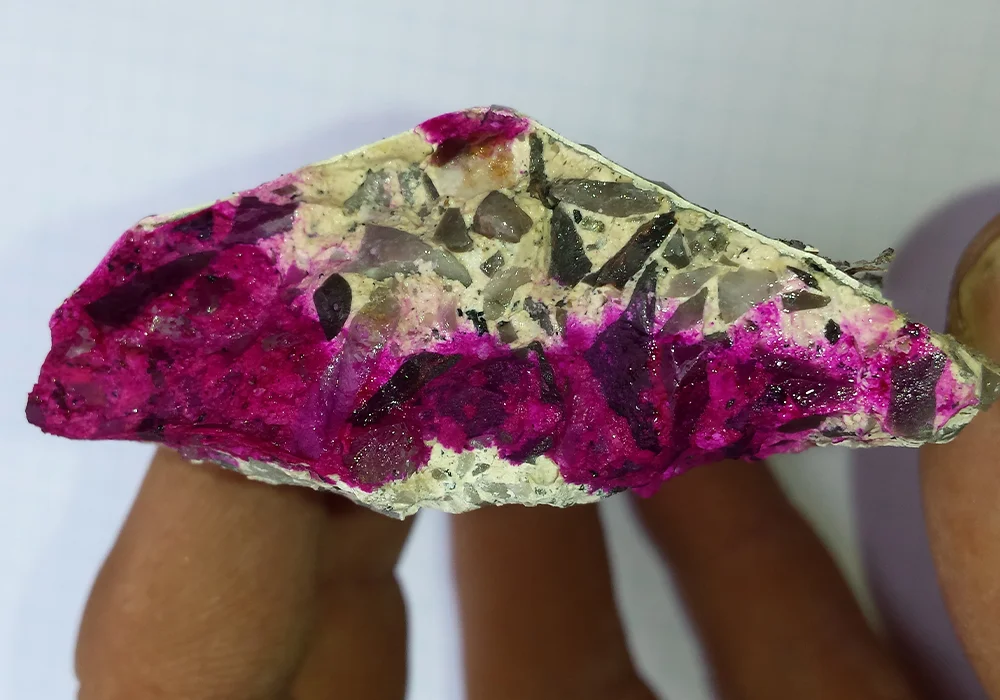
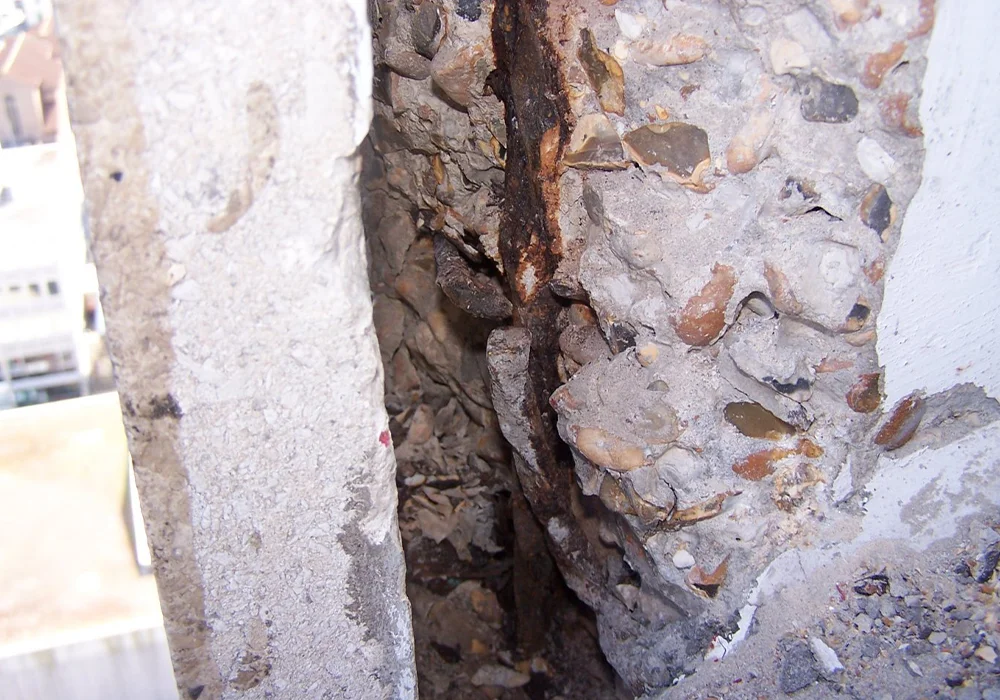
Contact Us
Materials Science Engineering
Chloride ions react with hydrogen ions in the concrete’s pore waters, creating acids that neutralise concrete alkalinity and breakdown the passivity layer around steel reinforcement.
our clients






FURTHER QUESTIONS?
Contact us today to discuss your project or concern, book an assessment, or learn how our expert team can help you with whatever your requirements are.
- Services
- Useful Links
- Policies
- Contact Us
Copyright © 2024 JGP All rights reserved | Website GSL Media
Company No: 4184549 Registered Address: JGP, Leonards Road, Ivybridge, Devon, PL21 0RU




